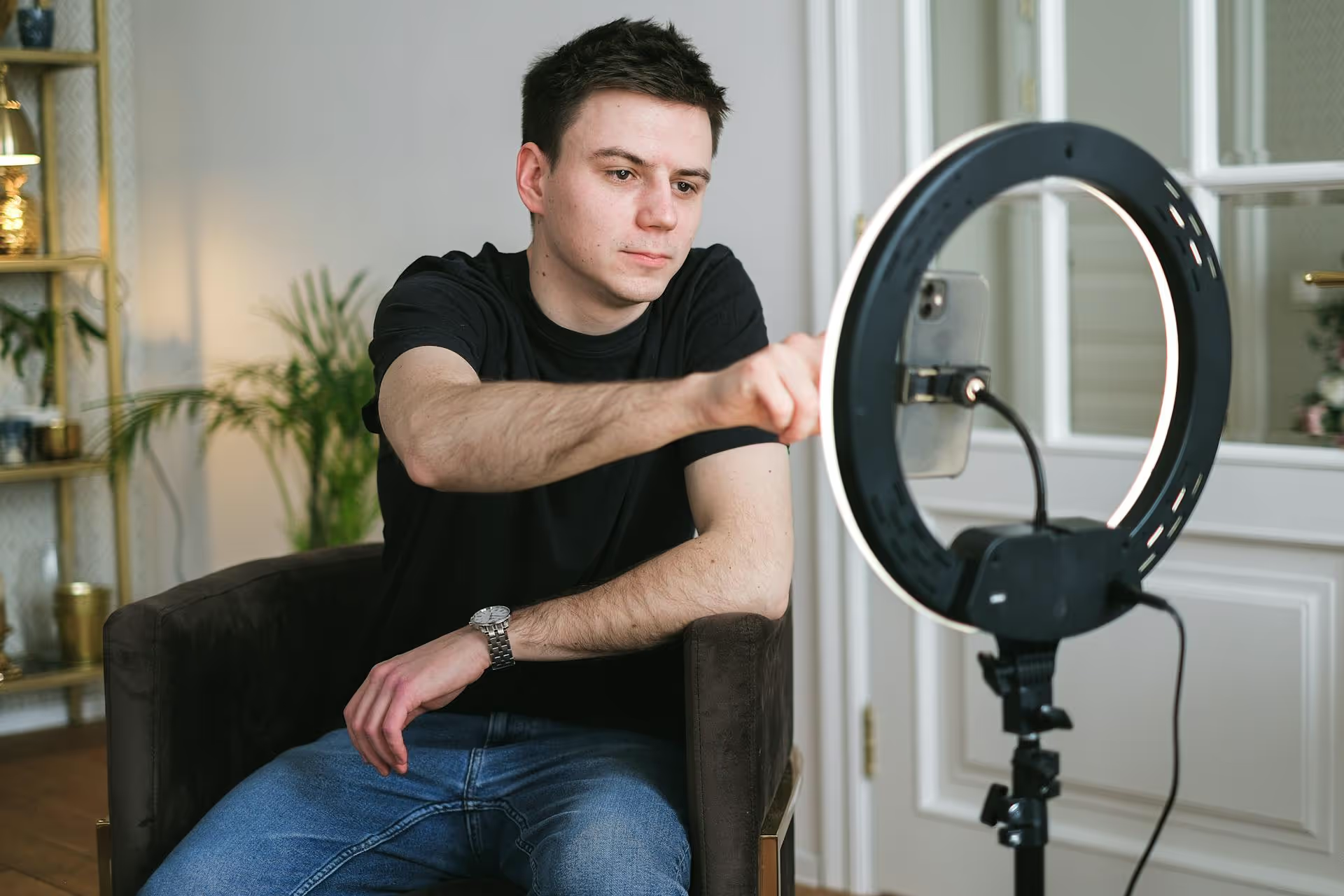How to Add Social Media Icons to an Email Signature
Enhance your email signature by adding social media icons. Discover step-by-step instructions to turn every email into a powerful marketing tool.

Has your once unbeatable Facebook ad campaign started to slow down, with costs rising and results tapering off? It's a common problem that leaves even seasoned marketers scrambling for a solution. This guide cuts through the confusion, showing you exactly what it means to reset an ad on Facebook and providing three actionable methods to revive your campaigns and get your performance back on track.
First things first: there is no magic "reset" button in Facebook Ads Manager. You can't simply wipe an ad's history clean and start fresh with the same asset. The platform's algorithm is built on learning. Every dollar spent and every action taken - or not taken - teaches it more about who responds to your ad. When campaign performance declines, it’s usually due to a few common culprits:
So, a "reset" isn't about hitting a button, it's a strategic process. It means making a deliberate change to your ad, ad set, or campaign to force the algorithm to re-evaluate and start a new learning process. It's about giving the system new information - new creative, a new audience, or a new structure - to work with.
The simplest and often most effective way to breathe new life into a campaign is by refreshing the ad creative. If your targeting and offer are solid, creative fatigue is almost always the cause of a mid-campaign slump. Your audience is tired of seeing the same image or video. A quick creative swap can signal to both the audience and the algorithm that there’s something new to see, often leading to an immediate boost in performance.
You have two primary ways to do this within your existing, well-performing ad set.
This approach is excellent if your current ad has valuable social proof (likes, comments, shares) that you want to preserve. By editing the ad unit, you keep that engagement attached while showing a different image or video to your audience.
Keep in mind: Making a significant edit like this can sometimes re-trigger the learning phase for the ad set.
If you don't care about preserving social proof and want a cleaner test, you can create a new ad within the same ad set. This introduces a completely new ad for the algorithm to test without affecting the original.
Actionable advice for your creative refresh:
If new creative alone doesn't do the trick, or if you suspect your audience is saturated, it's time to reset the learning phase at the ad set level. Duplicating an ad set creates an entirely new one, forcing the algorithm to start its learning process from scratch with a fresh audience segment or strategy. This is a powerful move when you need to make more significant changes than just swapping out a video.
Use this method when you want to:
Sometimes, an ad set isn't the problem - the entire campaign strategy might be flawed. If multiple ad sets within a campaign are failing, or your campaign objective is no longer producing the desired results, it's time for a full reset. This involves building a new campaign from the ground up to test new strategies on a larger scale.
This is your go-to method when:
A reset is a powerful tool, but don't use it blindly. Before you duplicate or create anything new, do a quick health check. Sometimes, poor performance isn't about ad fatigue but a technical issue.
Resetting a Facebook ad isn't about finding a secret button, it’s a strategic decision to systematically change variables - creative, audience, or campaign structure - to overcome performance plateaus. By using a creative refresh, an ad set duplication, or a full campaign restart, you can give the algorithm new information to optimize around and get your ads back to delivering results.
As you're fine-tuning your paid ads, it's also a great time to evaluate your organic content strategy. We designed Postbase to eliminate the friction from this process. Our visual calendar lets you plan and schedule all your organic posts - especially the critical short-form videos for Reels, TikToks, and Shorts - in one clean place. This ensures your powerful paid campaigns are always supported by a consistent, engaging organic presence.
Enhance your email signature by adding social media icons. Discover step-by-step instructions to turn every email into a powerful marketing tool.
Learn how to add your Etsy link to Pinterest and drive traffic to your shop. Discover strategies to create converting pins and turn browsers into customers.
Grant access to your Facebook Business Manager securely. Follow our step-by-step guide to add users and assign permissions without sharing your password.
Record clear audio for Instagram Reels with this guide. Learn actionable steps to create professional-sounding audio, using just your phone or upgraded gear.
Add translations to Instagram posts and connect globally. Learn manual techniques and discover Instagram's automatic translation features in this guide.
Optimize your Facebook Business Page for growth and sales with strategic tweaks. Learn to engage your community, create captivating content, and refine strategies.
Wrestling with social media? It doesn’t have to be this hard. Plan your content, schedule posts, respond to comments, and analyze performance — all in one simple, easy-to-use tool.